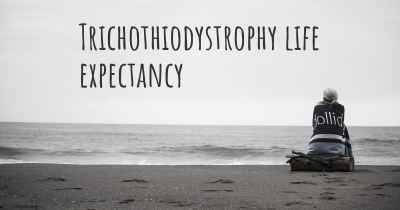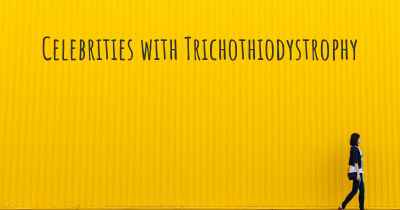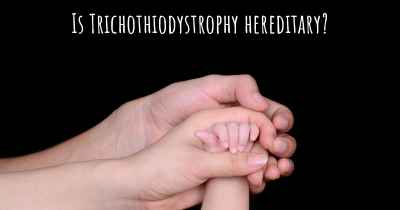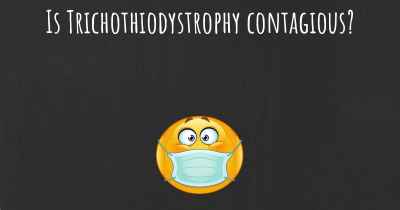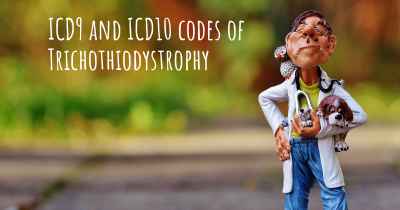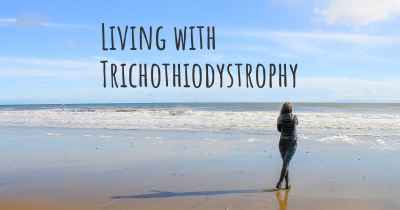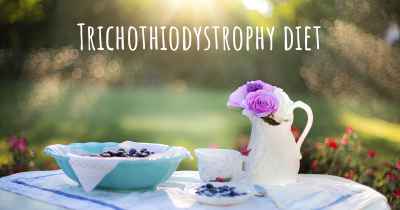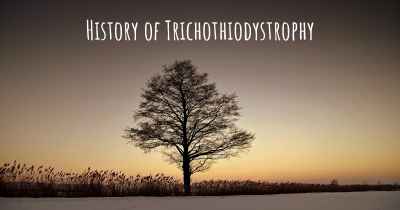Is there any natural treatment for Trichothiodystrophy?
Are there natural treatment(s) that may improve the quality of life of people with Trichothiodystrophy? Here you can see if there is any natural remedy and/or treatment that can help people with Trichothiodystrophy
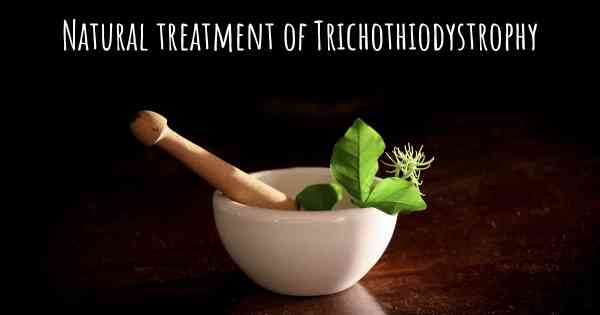
Is there any natural treatment for Trichothiodystrophy?
Trichothiodystrophy (TTD) is a rare genetic disorder characterized by brittle hair, intellectual disabilities, and various physical abnormalities. Unfortunately, there is currently no known cure for TTD. However, there are several natural treatments and management strategies that can help alleviate the symptoms and improve the quality of life for individuals with this condition.
1. Hair Care
Brittle hair is one of the primary symptoms of TTD. Taking extra care of the hair can help minimize breakage and improve its overall condition. Here are some natural hair care tips:
- Gentle handling: Use a wide-toothed comb or your fingers to detangle hair gently, avoiding excessive pulling or tugging.
- Moisturizing: Apply natural oils, such as coconut oil or argan oil, to the hair to provide moisture and prevent dryness.
- Protective hairstyles: Opt for loose braids, buns, or other protective hairstyles that minimize friction and reduce hair damage.
- Avoid heat styling: Limit the use of heat styling tools like straighteners or curling irons, as they can further weaken the hair.
2. Nutritional Support
A well-balanced diet can play a crucial role in promoting overall health and potentially improving the symptoms associated with TTD. While there is no specific diet for TTD, incorporating certain nutrients may be beneficial:
- Protein: Include adequate amounts of protein-rich foods like lean meats, fish, eggs, legumes, and dairy products to support hair growth and strength.
- Omega-3 fatty acids: Consume foods rich in omega-3 fatty acids, such as fatty fish (salmon, mackerel), walnuts, chia seeds, and flaxseeds, which have anti-inflammatory properties and promote healthy hair.
- Vitamins and minerals: Ensure a diet rich in vitamins A, C, E, and B-complex vitamins, as well as minerals like zinc and selenium, which are essential for hair health.
3. Sun Protection
Individuals with TTD are often more sensitive to sunlight due to the reduced ability of their hair to protect the scalp. Taking measures to protect the skin and hair from harmful UV rays is important:
- Sunscreen: Apply a broad-spectrum sunscreen with a high SPF to the scalp, face, and any exposed skin before going outdoors.
- Hats or scarves: Wear a wide-brimmed hat or a scarf to shield the scalp and hair from direct sunlight.
4. Regular Medical Check-ups
While natural treatments can help manage the symptoms of TTD, it is crucial to regularly consult with healthcare professionals who specialize in this condition. They can provide personalized advice, monitor the progression of the disease, and suggest appropriate interventions.
5. Emotional Support
Living with a rare genetic disorder like TTD can be emotionally challenging for both individuals and their families. Seeking emotional support through counseling, support groups, or online communities can provide a safe space to share experiences, gain knowledge, and find solace.
Disclaimer: It is important to note that natural treatments may not be effective for everyone, and their impact on TTD symptoms may vary. Always consult with a healthcare professional before making any significant changes to your treatment plan.
